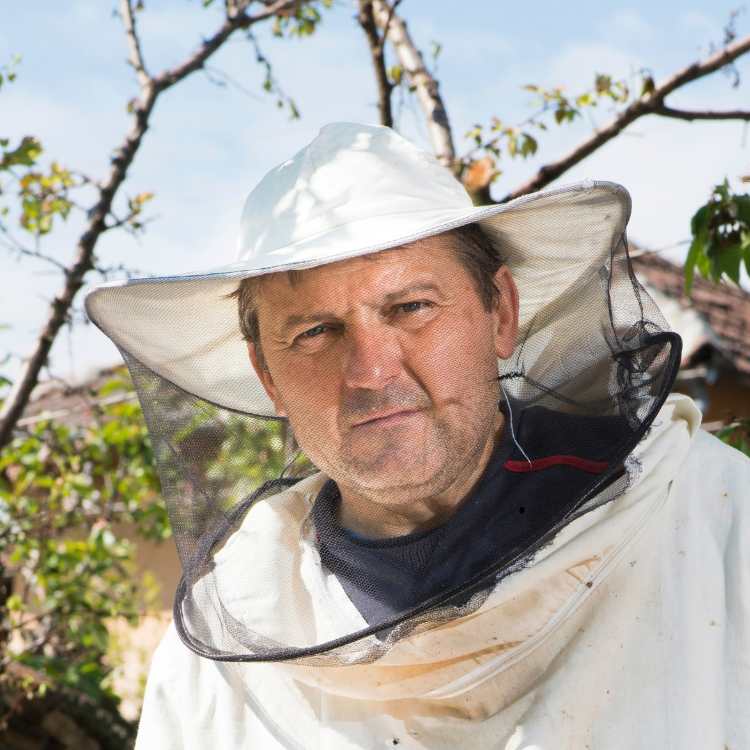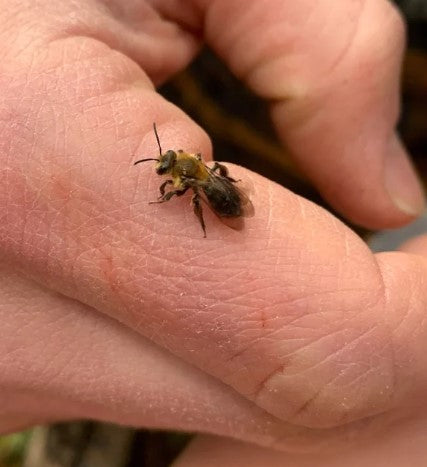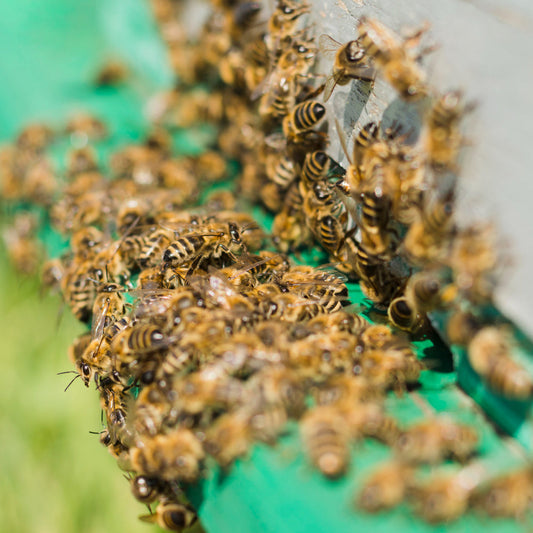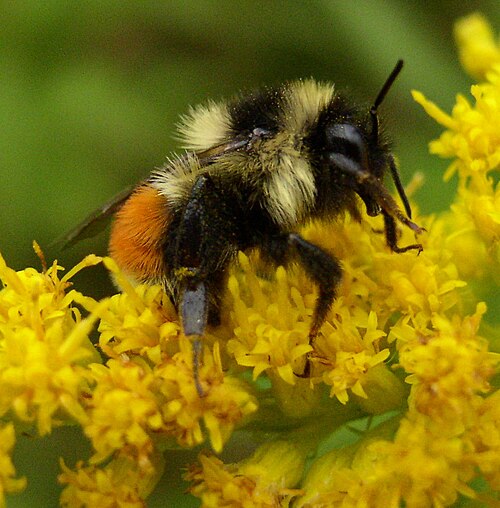The bees jubilee clematis is a flowering plant that most gardeners prefer for their outdoor area. This has gorgeous flowers with colors that include lovely shades of pink and lavender. It will add color and brightness to the outside areas around your fences, trellises, or walls.
This plant adds a touch of elegance to fences, trellises, or walls. It can transform an ordinary garden into a beautiful retreat.
If you would like to cultivate this plant, here is what you should know for good results.
1. Best Time to Plant
The best time to plant bees jubilee clematis is in early spring or fall. This helps the plant establish strong roots before extreme weather hits. This planting time allows the plant to grow steadily since the temperatures remain at a moderate range. The adaptation of the plant to its new environment will also be easier in case it has been planted at the right time. Avoid very hot or frosty periods in planting to prevent shock to the roots, extreme weather can cause delay in growth or damage to tender shoots.
2. Choosing the Right Location
This plant prefers to grow in a location where the top gets sun but the roots stay cool. Other small flowers or mulch around the base will protect the roots of the bees jubilee clematis. Be sure to pick a location with good air circulation to stop fungal problems. A sunny spot with some shade in the afternoon is good in very hot areas. One can also add a small garden shade or decorative rock near the base to keep the roots cool. Do not place them near flood-prone areas since this will destroy the health of the plant.

3. Soil Preparation
The bees jubilee clematis prefers well-draining soil that’s rich in nutrients. Mix in compost before planting to give your plant good footing. You can also add natural materials like aged manure or peat moss to enhance the quality of the soil.
Avoid clay-rich soil since it retains a lot of water, which may create root problems. Test the soil's drainage ability by watering one small section and waiting to see how fast the water drenches into the soil.Mixing sand in thick soils enhances the drainage capacity of the soil and prevents the formation of puddles. Also, check the pH of the soil, which must be slightly acidic for its proper growth. In case it's too high, add a little garden sulfur to balance the pH.
4. Watering Needs
After planting, water your bees jubilee clematis regularly, especially during dry periods. However, be sure not to let the soil stay wet because this could lead to root rot. Water the plant at the roots rather than splashing the water on the leaves. This keeps the roots moist. Water less during rainy seasons to prevent too much water. Apply a layer of mulch on the soil to keep it moist during hot seasons. Avoid watering in the middle of the day as the water might dry up fast.
5. Supporting the Vines
This plant grows like a vine and needs something to hold onto. You can offer a trellis, fence, or wall for the bees jubilee clematis to climb on. The support offered should be at least six feet tall and of good strength to bear the plant when it grows full.
Training the vines in an early stage will guide the plant to direct its growth by climbing and spreading. The soft plant ties are used to gently tie the vines to the support without causing any damage. Make sure the support is placed before planting to avoid disturbing the roots later.
6. Pruning Tips
Pruning helps keep your bees jubilee clematis healthy and full of flowers. Prune in late winter or early spring by cutting back weak or dead branches. Regular pruning improves air circulation and encourages new blooms. If the plant becomes tangled, carefully untwist and trim overcrowded areas. Be gentle with the vines to avoid breakage. Keeping your pruning tools clean helps prevent spreading of plant diseases. Consider removing older stems every few years to promote new growth. Also, avoid heavy pruning when the plant is actively blooming.
7. Fertilizer
Use a balanced fertilizer to encourage healthy growth. Apply it once or twice during the growing season to keep your bees jubilee clematis blooming. Slow-release fertilizers or organic liquid feeds work well to provide steady nutrients. Avoid over-fertilizing, as this can lead to more leaves and fewer flowers. Adding fertilizer after pruning can give the plant an extra boost. Always water the plant after feeding to help the nutrients soak in. Make sure to follow the recommended amount of fertilizer to avoid harming the plant. Using compost as a natural fertilizer alternative can also enrich the soil.
8. Pests and Problems
Watch out for common issues like aphids and powdery mildew. Check the leaves regularly and treat any problems early using gentle, natural methods when possible. You can rinse off small infestations with water or use insecticidal soap. Adding companion plants that repel pests can also help protect your bees jubilee clematis. Inspect the undersides of leaves where pests like to hide. If you spot serious problems, consider introducing ladybugs or beneficial insects to help control the pests.
Final Words
This plant is a wonderful addition to any garden. With the right care, it will grow into a stunning vine covered in beautiful flowers. Follow these simple steps, and you’ll enjoy its beauty for many seasons to come. Remember that a little patience and attention go a long way in helping your clematis thrive.
Want to explore the magical world of bees and beekeeping? Explore our full blog here.





